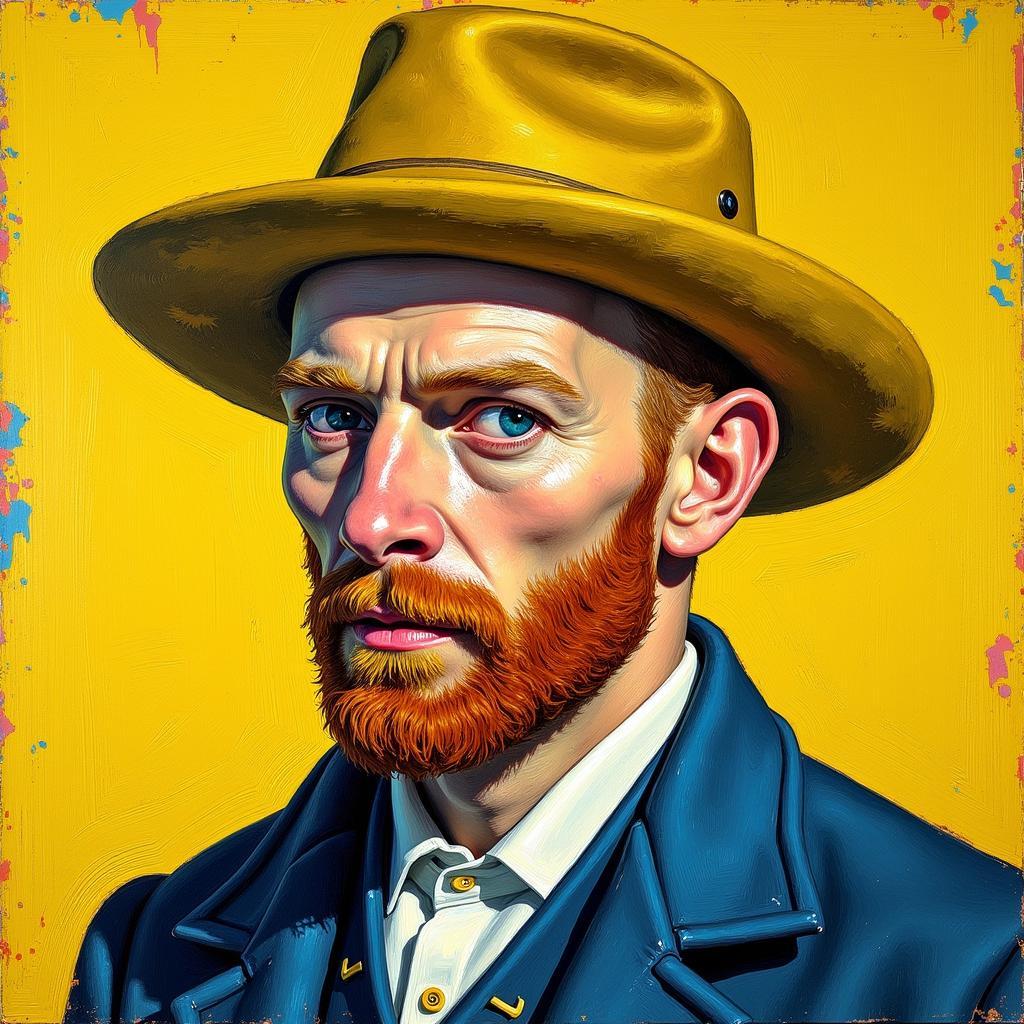The vibrant, expressive paintings of Vincent van Gogh are instantly recognizable around the world. Yet, a persistent question lingers around the artist and his work: Was Van Gogh Color Blind? This article delves into the scientific evidence, artistic analyses, and historical context to explore this intriguing question and shed light on the truth behind the master’s vision.
Examining the Evidence: Was Van Gogh’s Vision Impaired?
The theory that Van Gogh experienced color blindness stems from the unusual palettes and color combinations present in some of his most famous works. Certain yellows appear exceptionally bright, while reds sometimes seem muddled or take on unexpected hues.
However, attributing these unique choices solely to a vision deficiency is an oversimplification. While some forms of color blindness do exist, they rarely manifest in the way often attributed to Van Gogh. Moreover, there is no concrete medical documentation or firsthand accounts to definitively prove that he experienced any vision problems.
 Van Gogh Self-Portrait
Van Gogh Self-Portrait
The Artist’s Perspective: Intentional Choices and Artistic License
To understand Van Gogh’s use of color, it’s crucial to consider his artistic philosophy and techniques. Van Gogh was a Post-Impressionist painter, a movement that broke away from strict realism and embraced subjective interpretations of light and color.
He deliberately used color to convey emotions and evoke specific moods. His paintings were not intended to be photographic representations of reality but rather expressions of his inner world.
For example, the intense yellows in works like “Sunflowers” were likely meant to convey joy, warmth, and optimism, while the contrasting blues and greens in “The Starry Night” evoke a sense of mystery and movement.
The Influence of Time and Perception: How Colors Fade and Change
Another crucial factor to consider is the impact of time on Van Gogh’s paintings. Pigments used in the 19th century, especially certain yellows, were prone to fading or changing color over time. This means that the colors we see today might not be identical to those Van Gogh originally laid down on canvas.
Scientific analysis of Van Gogh’s paintings has revealed that some of the yellow pigments he favored have indeed degraded, potentially altering the overall color balance and intensity of his works.
Beyond Color Blindness: Exploring Other Explanations for Van Gogh’s Palette
While color blindness is unlikely to be the sole explanation for Van Gogh’s unique use of color, other factors might have contributed to his artistic choices:
- Experimentation with Color Theory: Van Gogh was fascinated by color theory and explored complementary and contrasting colors extensively in his work.
- Influence of Japanese Art: Van Gogh was deeply inspired by Japanese woodblock prints, known for their bold colors and graphic style.
- Personal Symbolism: Van Gogh often assigned symbolic meanings to colors, using them to express specific emotions or themes within his paintings.
Conclusion: Celebrating Van Gogh’s Visionary Use of Color
The question of whether Van Gogh was color blind is intriguing but ultimately unanswerable with certainty. What remains undeniable is his revolutionary impact on the art world. Van Gogh’s bold brushstrokes, expressive use of color, and emotionally charged subjects continue to captivate and inspire audiences worldwide.
Instead of focusing on potential limitations, let’s appreciate Van Gogh’s unique vision and the extraordinary legacy of color and emotion he gifted to the world.